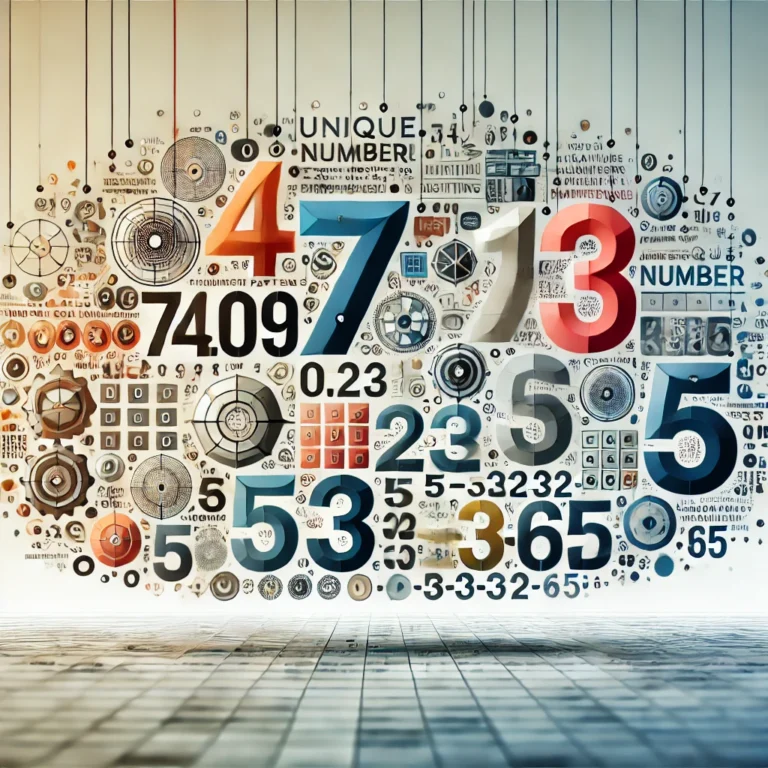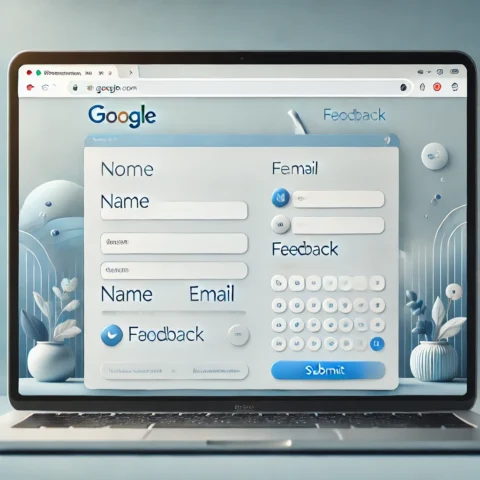Numbers hold a distinctive power in communication, particularly when they appear in unusual sequences or patterns. A sequence like “74.09 0.23 5-32.32-65“ isn’t just a string of numbers; it creates a visual and cognitive impact that can resonate with readers and spark curiosity. Whether these sequences represent data points, formulas, or encoded information, they invite closer examination and often hold deeper meanings. In this article, we explore the various applications, impacts, and interpretations of these patterns, and how they can be harnessed effectively.
Why Numbers in Patterns Catch Attention
There’s a reason numerical patterns stand out—they are both visually engaging and mentally stimulating. In the case of sequences like “74.09 0.23 5-32.32-65”, the formatting and range variation (including decimals, whole numbers, and hyphen-separated sections) can prompt a psychological effect, drawing the reader’s eye and inspiring further engagement.
The Cognitive Appeal of Patterns
Humans are naturally drawn to recognizable patterns. Our brains are wired to search for and process patterns as part of our survival instinct; this is a trait that has evolved to help us identify and make sense of complex data. When people encounter unfamiliar patterns like “74.09 0.23 5-32.32-65”, it taps into our curiosity, making us more likely to remember and explore what they mean.
- Visual Breaks and Variety: Patterns with spaces, hyphens, or mixed decimals disrupt visual monotony, making them more eye-catching in text.
- Mathematical Curiosity: Certain people find themselves intrigued by mathematical possibilities within a sequence, wondering if it’s related to statistical data, scientific constants, or coded information.
Potential Uses of Number Sequences in Marketing and Branding
Using numerical patterns strategically can be a powerful tool in marketing and branding, as it can set a unique tone and create a memorable impression.
1. Creating a Sense of Mystery
One of the most effective ways to draw interest is by using sequences that look like codes or encrypted information. A sequence such as “74.09 0.23 5-32.32-65” can hint at deeper meaning, leaving audiences curious to learn more. For example:
- Product Codes and Serial Numbers: Many companies use specific number sequences to label limited edition products, making them seem exclusive.
- Campaign Hashtags and Slogans: A pattern can become a recognizable element in advertising, such as a memorable hashtag that resonates with audiences.
2. Numerical Sequences in Data Presentation
In data-heavy industries, presenting information through structured patterns can enhance readability and help users process data efficiently. By using patterns similar to “74.09 0.23 5-32.32-65,” brands can highlight trends, results, or findings in a way that is both efficient and visually appealing.
- Analytics Reports: Presenting data in segments allows users to quickly recognize key metrics, especially when analyzing large data sets.
- Research Findings: Scientific studies often use numerical patterns to communicate precise data points, which are essential for establishing credibility.
Analyzing Specific Sequence Types and Their Meanings
Let’s break down potential interpretations and applications for sequences that use structures similar to “74.09 0.23 5-32.32-65”:
1. Decimal-Based Sequences
Decimals can signify precision. In fields such as finance, science, and engineering, decimal numbers provide a clear indication of specificity, as seen in “74.09” or “0.23” in the sequence. This level of detail suggests accuracy, often needed in measurements or financial values.
- Stock Prices: Many stock indexes use decimal-based reporting to reflect small changes in the market.
- Scientific Measurements: Fields like chemistry and physics frequently report findings with decimals to convey exactitude.
2. Hyphen-Separated Sequences
When sections are separated by hyphens, it implies segmentation or grouping. For example, 5-32.32-65 could indicate parts of a larger whole, creating a logical flow between the numbers and perhaps suggesting a range or grouping.
- Product Codes: Hyphens are commonly used in product model numbers or inventory codes to distinguish between different features or characteristics of items.
- Tracking Codes: Shipping and logistics companies often use hyphenated patterns to categorize shipments or locations.
3. Short and Long Numerical Combinations
When we see a combination of short numbers and longer, decimal-inclusive numbers, it may signal a progression or hierarchy. This combination, like 5-32.32-65, could represent anything from stages of a process to steps within a workflow.
- Tiered Membership Levels: Businesses could use combinations like this to distinguish membership types, with each level represented by a unique pattern.
- Process Steps in Technical Documentation: Each stage of a procedure could be denoted by different numbers, making the sequence an effective way to organize content.
Applications Across Industries
Different industries leverage specific number patterns to achieve their goals. Below are a few examples of how sequences are used in varied sectors.
1. Finance and Investment
In financial reporting, clear and impactful number patterns make complex information digestible. Sequences like “74.09” or “5-32.32-65” can indicate market values, indexes, or investment returns, which are crucial for decision-making.
- Stock Tickers and Indexes: Financial tickers on trading platforms use specific patterns to differentiate stocks.
- Return on Investment (ROI) Metrics: Financial advisors use precise number sequences to showcase returns, which helps clients understand value and risk.
2. Science and Technology
Scientific disciplines rely on structured numerical data to convey accuracy and repeatability. Patterns like 74.09 0.23 5-32.32-65 can serve as part of data visualization in scientific publications.
- Chemical Formulas and Molecular Codes: In chemistry, specific sequences denote molecular structures, while in physics, they indicate constants or ratios.
- Experiment Data Sets: Scientific research often involves sequences that display results from experimental stages, making it easier for other researchers to follow.
3. Logistics and Inventory Management
Using number patterns in logistics provides a systematic way to track and manage products. This can be vital for inventory, especially for companies that handle large numbers of products.
- Tracking and Shipping Codes: The complexity of patterns like “5-32.32-65” can be found in tracking codes, which streamline shipment monitoring.
- Warehouse Inventory Codes: Different patterns help warehouse staff distinguish categories of items or specific locations, making retrieval efficient.
Benefits of Using Numerical Sequences in Communication
The strategic use of number patterns can create a professional and trustworthy impression, especially when the audience understands the significance of the pattern. This can lead to higher engagement, better brand recall, and an increased likelihood of customers trusting and returning to your brand.
Enhancing Memory Retention
Research shows that structured information is easier to remember, which means customers are more likely to recall number-based branding when it appears in familiar patterns. This is particularly useful in markets that rely on repeated engagement or where competitors have similar offerings.
Building Credibility
Well-chosen number patterns convey a sense of expertise, especially in data-driven sectors. When a brand consistently uses structured sequences, it demonstrates professionalism and care, which builds trust with audiences.
Conclusion
Number sequences like 74.09 0.23 5-32.32-65 are more than just arbitrary arrangements—they are powerful tools that can captivate audiences, structure data, and enhance communication. By understanding and implementing the best practices for numerical patterns, brands and professionals can gain an edge, making their content not only memorable but also trusted and professional.




